Photos: How to badger-proof your farm
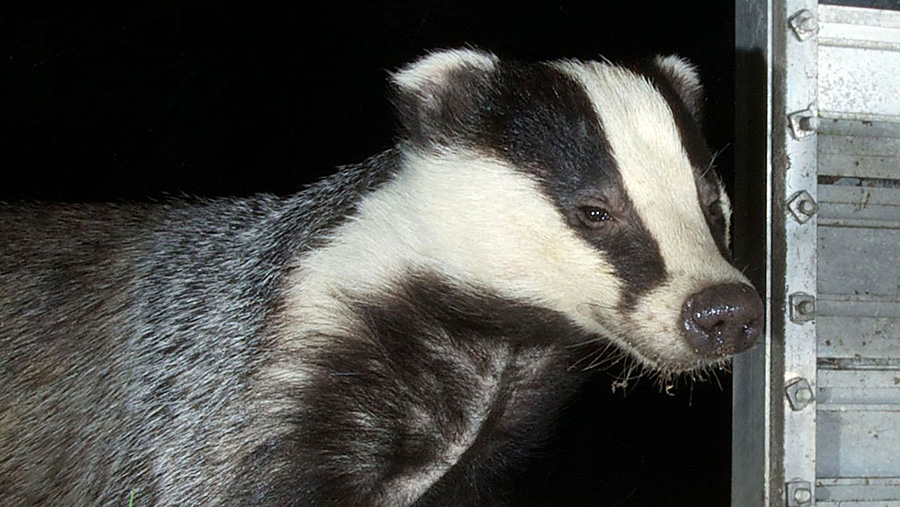 © Richard Bowler/REX/Shutterstock
© Richard Bowler/REX/Shutterstock Dairy and beef farmers in regions where bovine TB is prevalent in wildlife are adopting additional measures to protect their cattle from infection, by badger-proofing livestock buildings and yards.
Cattle can catch TB by eating feed, fodder or pasture contaminated with infected faeces, urine, saliva and pus from abscesses, as well as breathing in bacteria from infected animals.
With badgers able to pass through a gap of just 7.5cm, it can be a challenge to keep them away from cattle – but it is achievable, says fencing contractor Matthew Miles.
In the past 12 months, he has seen a sharp increase in the number of enquiries from farmers requesting features that keep badgers out of buildings.
See also: Bovine TB – who is worst affected?
Mr Miles rears dairy heifers on his farm near Letterston and sells bulling heifers on the point of calving. “We don’t have TB, but if we did it would be a big issue because we don’t have any milking facilities here.”
His approach is to create barriers between badgers and livestock.
Simple adjustments
Introducing barriers to restrict badger access to cattle doesn’t have to be expensive. Often it involves a series of simple adjustments to existing facilities.
Mr Miles says there is a misconception about the cost – a simple piece of sheet metal can do the job. A sheet of galvanized metal to clad an existing gate would cost between £100-£150.
But specialist fencing with smaller holes than standard stock fencing can be more costly – about three times that of regular fencing.
Badger-proofing measures are most effective in systems that permanently house cattle and have a feed passage or straw area – it can be fairly simple to enclose the shed.
Simple techniques for badger-proofing buildings and fields
1. Fencing
Badgers can easily burrow under a fence, so sink fencing approximately 0.5m below ground level, and extend to 0.3m parallel to the ground – there needs to be at least 0.3m of wire running along the ground to prevent badgers digging underneath.
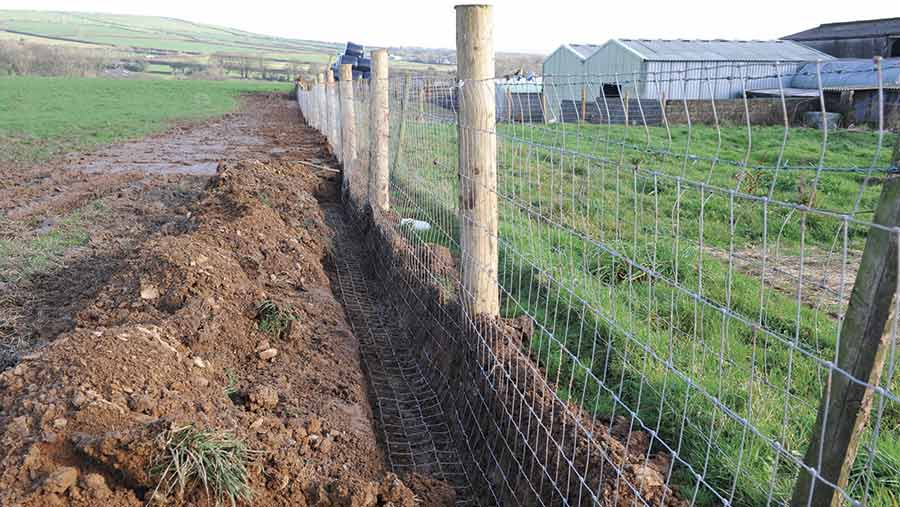
The fence should be 1.2m above ground to limit the potential for access. Use specialist fencing – wire with smaller holes than standard fencing.
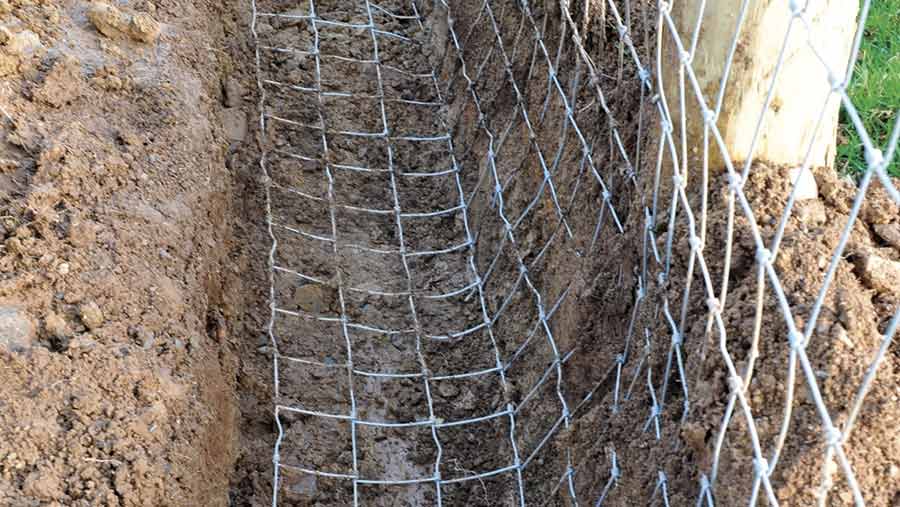
2. Metal sheet
Fit a sheet of galvanised metal to an existing gate.
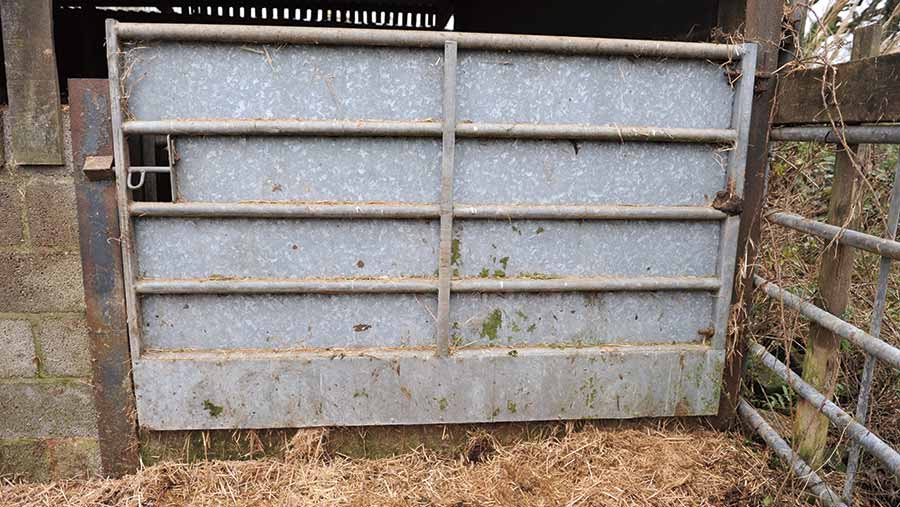
3. Box iron
If the bottom of a door is rotten, attach galvanised metal as a low-cost option for creating a barrier. Strengthen this feature with box iron.
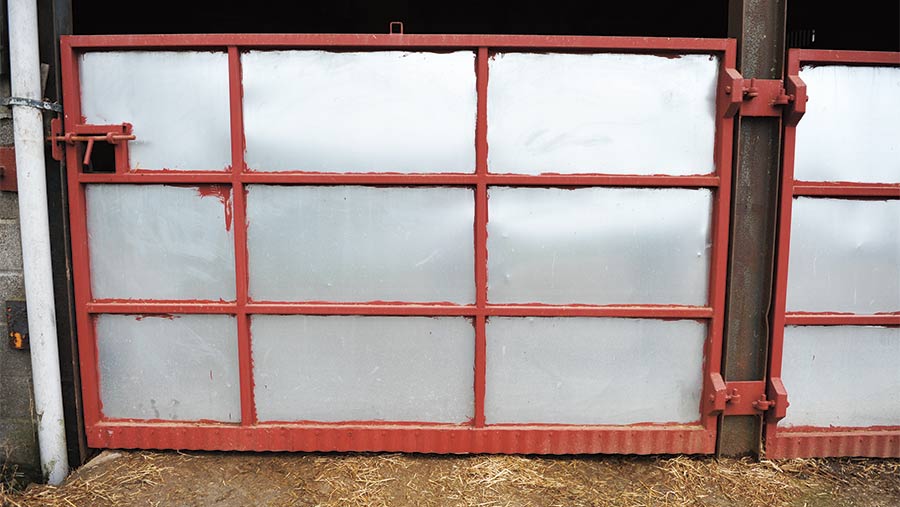
4. Gap
A gap should be no more than 7.5cm to prevent badgers from gaining access. This includes a gap at both the bottom and sides of gates and doors.
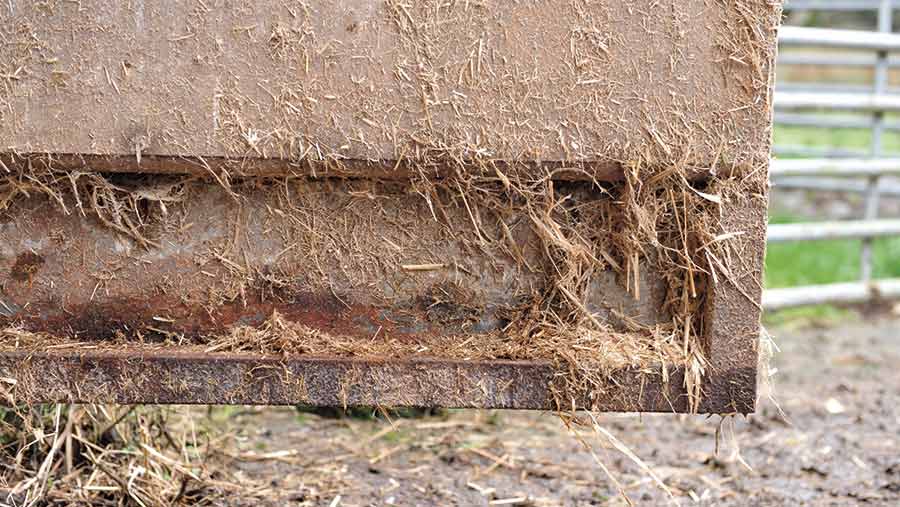
5. Seal gap
Fitting a strip of corrugated metal under a door will seal off this point of entry.
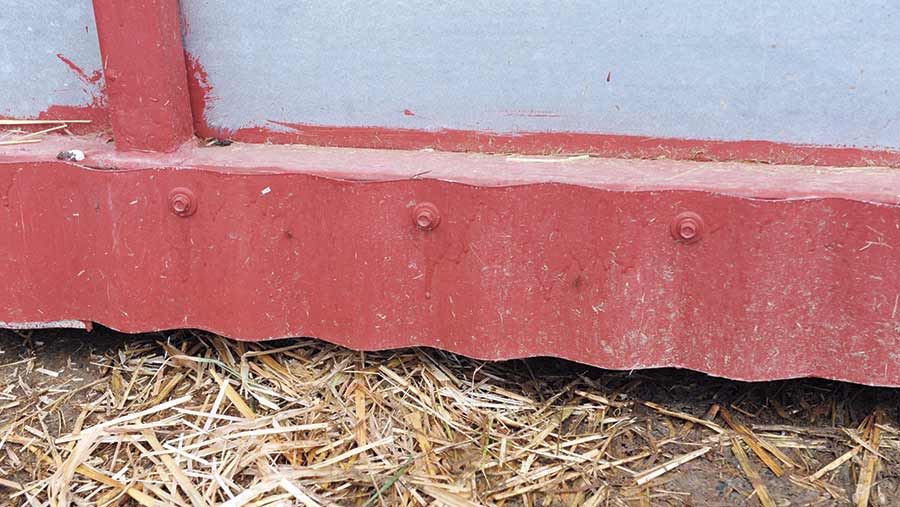
5. Sides of buildings
The sides of buildings, doors and gates should be of a smooth, solid construction to prevent badgers from climbing, and at least 1.5 metres high. Various materials, such as solid sheets of metal or plywood, can be used to achieve this.
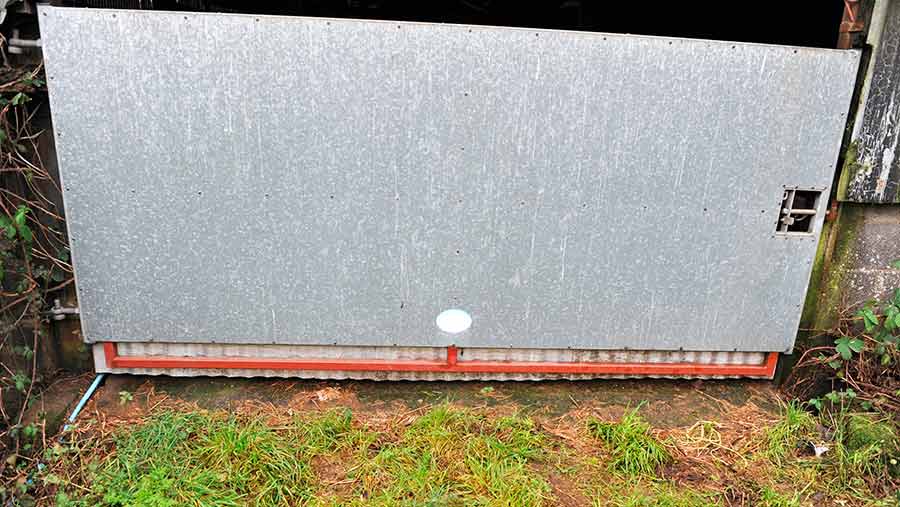
6. Gates and doors
Gates and doors should be kept closed, especially at night, as badgers are nocturnal creatures. These measures apply to buildings that house livestock, bedding materials and feed.
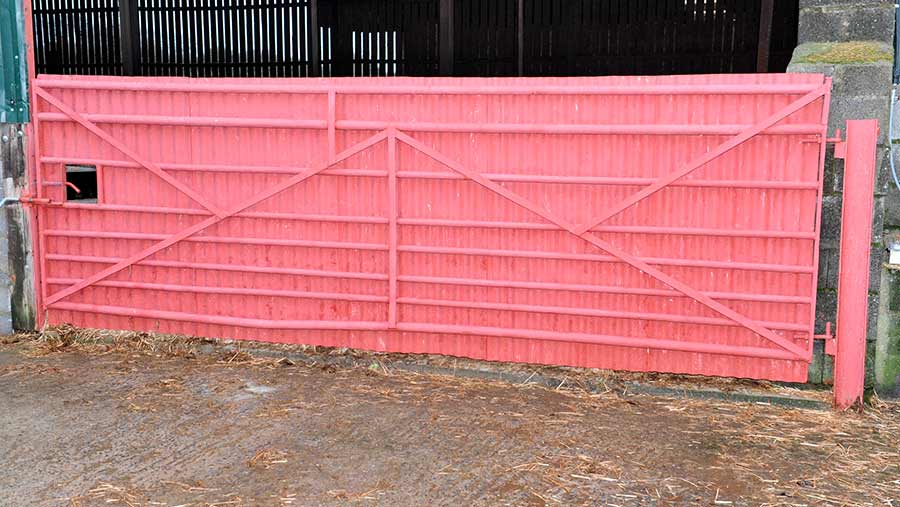
7. Sett relocation
If badgers are causing damage, an application can be made to Natural Resources Wales (Wales) or the Environment Agency (England) for the sett to be relocated.
A survey must first be conducted encompassing a 5km circle around a sett to ensure there are no negative implications for that farm or neighbouring farms. If there is proof that badgers are causing damage and a licence is granted, the sett can be moved.
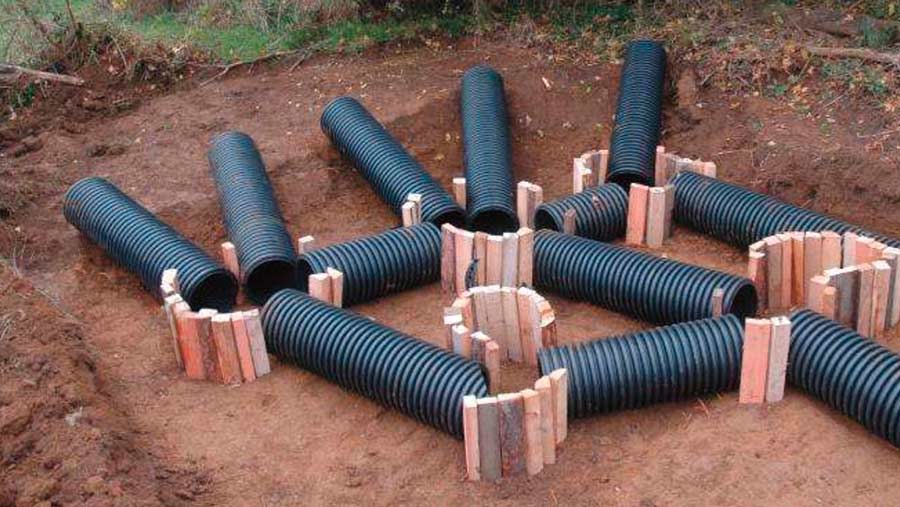
Five top tips for protecting cattle from badgers
1. Badger latrines are disease vectors – know where latrines are and fence around them to decrease cattle access.
2. Once a building has been badger-proofed, shut the doors; there is little point in investing in protection if doors are left open.
3. Fit a collector to the open tube at the end of feed silos, to prevent feed gathering on the floor. Badgers will otherwise be drawn to this feed source.
4. Use water troughs that are a minimum of 90cm high and have a “lip” to prevent badgers from pulling themselves up to drink from the trough
5. Keep mineral licks off the floor to prevent cross-contamination from saliva.
